El cerro donde se asienta la localidad de Medina Sidonia se han encontrado indicios de poblaciones de la Edad de Bronce del año 1000 antes de Cristo. Desde ese momento, han ido pasando diferentes culturas por Medina hasta la actualidad. Todo los restos arqueológicos encontrados los podemos ver en el Museo Arqueológico de Medina Sidonia (MAMS).
On the hill where the town of Medina Sidonia is located, evidence has been found of Bronze Age settlements from the year 1000 BC. Since then, different cultures have passed through Medina until the present day. All the archaeological remains found can be seen in the Archaeological Museum of Medina Sidonia (MAMS).


Los primeros pueblos asentados en este cerro fueron los Fenicios y Tartésicos sobre el año 700 antes de Cristo. De esta época encontramos piezas de barro, piedra y bronce.
The first people to settle on this hill were the Phoenicians and Tartessians around 700 BC. From this period we find pieces of clay, stone and bronze.






Esta última fotografía muestran diferentes broches para sujetar la ropa fabricados en bronce. En el museo hay una exposición de la historia de Medina a través de las monedas encontradas en la ciudad.
This last photograph shows different bronze brooches for fastening clothes. In the museum there is an exhibition of the history of Medina through the coins found in the city.



Se encontraron pequeños tesoros ocultos en bolsas de algodón o ánforas repletas de monedas islámicas o cristianas. De plata y algunas perforadas para dejarlas colgadas al cuello. Otras partidas para fraccionar el valor.
Small treasures were found hidden in cotton bags or amphorae filled with Islamic or Christian coins. Some were made of silver and some were perforated so that they could be hung around the neck. Others were broken up in order to fractionate the value.




Gran parte del museo está dedicado a la época romana por la cantidad de restos encontrados. Estatuas, Restos funerarios, armas, herramientas, joyas o juegos. La exposición es muy extensa y bien explicada.
A large part of the museum is dedicated to the Roman period due to the quantity of remains found. Statues, funerary remains, weapons, tools, jewellery and games. The exhibition is very extensive and well explained.








Del pueblo visigodo se encuentran hebillas, broches y piezas metálicas de arcos bélicos.
From the Visigothic people there are buckles, brooches and metal pieces of war bows.

Luego llegamos a la parte islámica. Los restos mayoritarios son de armas y herramientas.
Then we come to the Islamic part. Most of the remains are weapons and tools.



De la edad media se han encontrado multitud de puntas de flechas.
From the Middle Ages a multitude of arrowheads have been found.

Por último vemos la exposición de restos de las tropas del imperio napoleónico del siglo XIX.
Finally we see the exhibition of the remains of the Napoleonic Empire troops from the 19th century.

Aquí vemos un compás fabricado en bronce para medir distancias en los mapas.
Here we can see a bronze compass used to measure distances on maps.

Diferentes botones de los uniformes de los soldados.
Different buttons from the soldiers' uniforms.

Balas de plomo, navajas, cantimploras, bayonetas y baqueta para el fusil.
Lead bullets, penknives, canteens, bayonets and rifle sticks.


La navaja parece haberse fabricado hoy día por tener el mismo la misma forma y estilo de las que se venden en la actualidad en Andalucía.
The knife seems to have been made today as it has the same shape and style as those sold in Andalusia today.


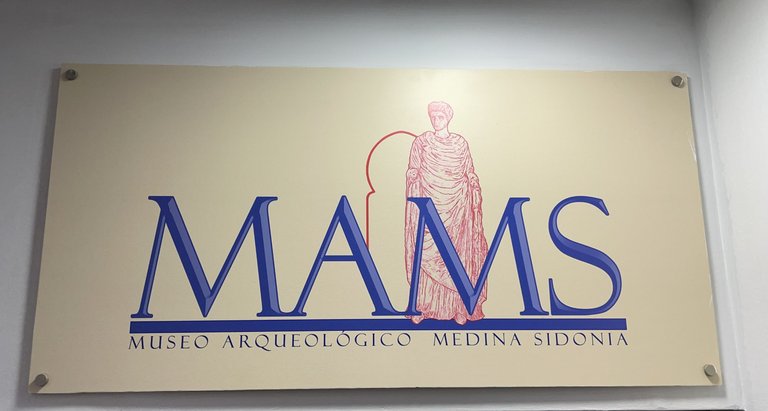
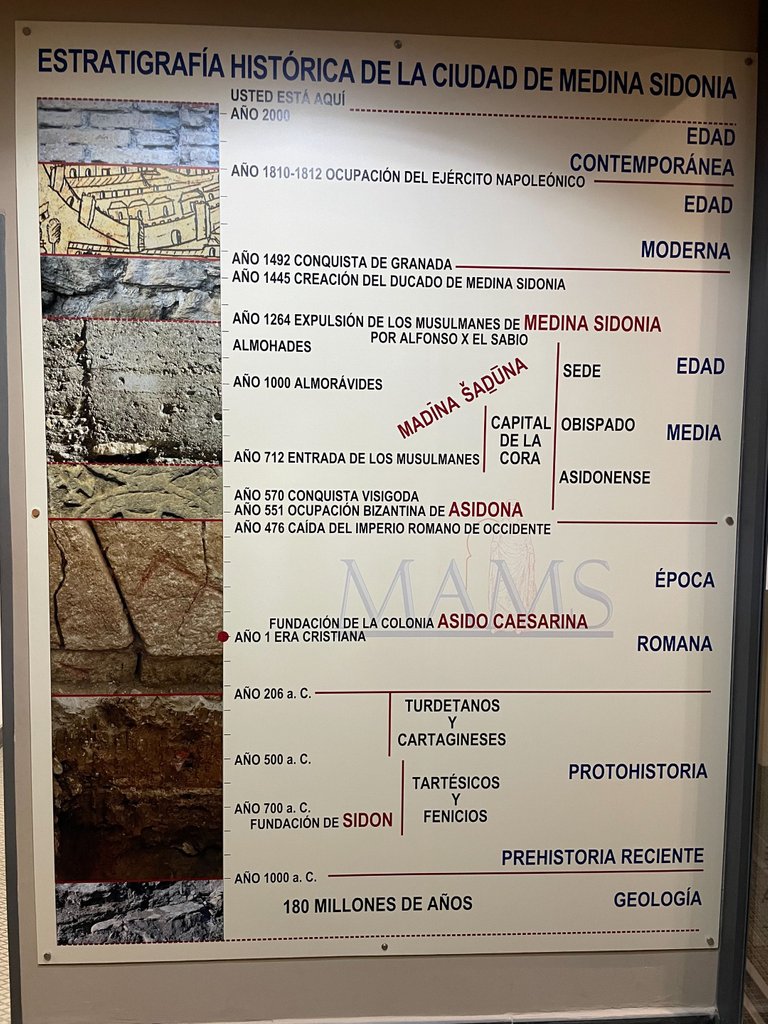
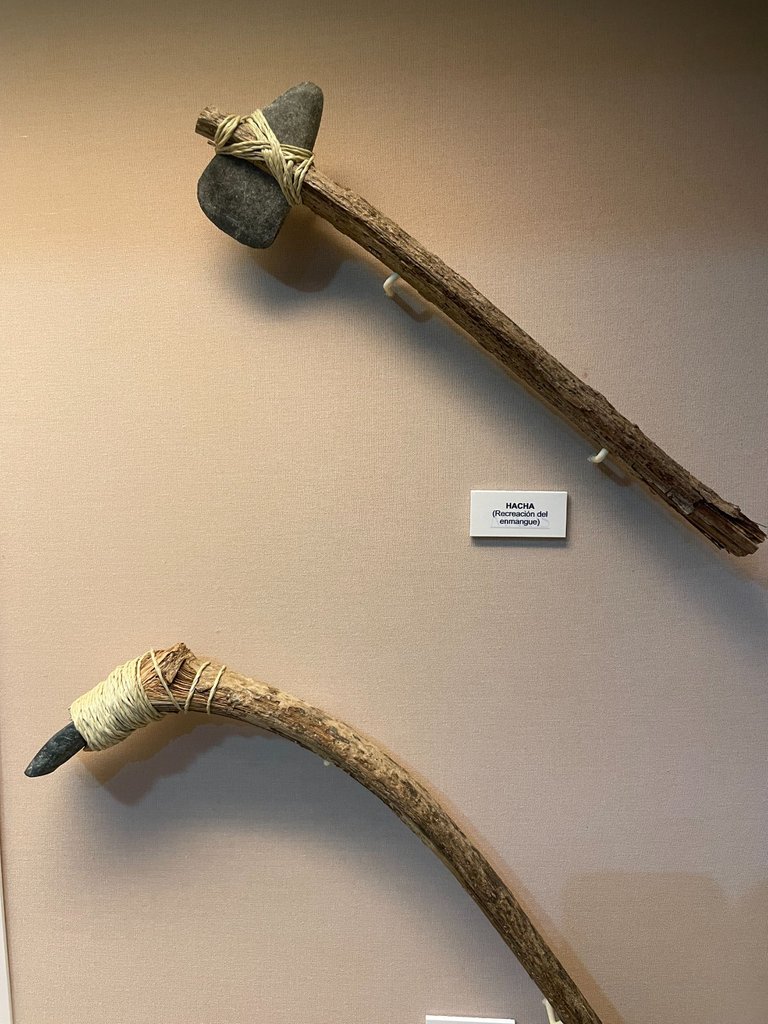
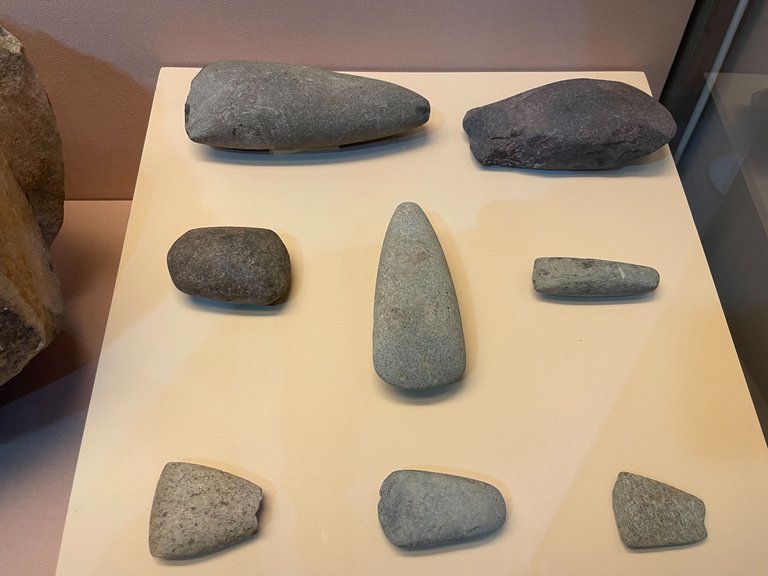
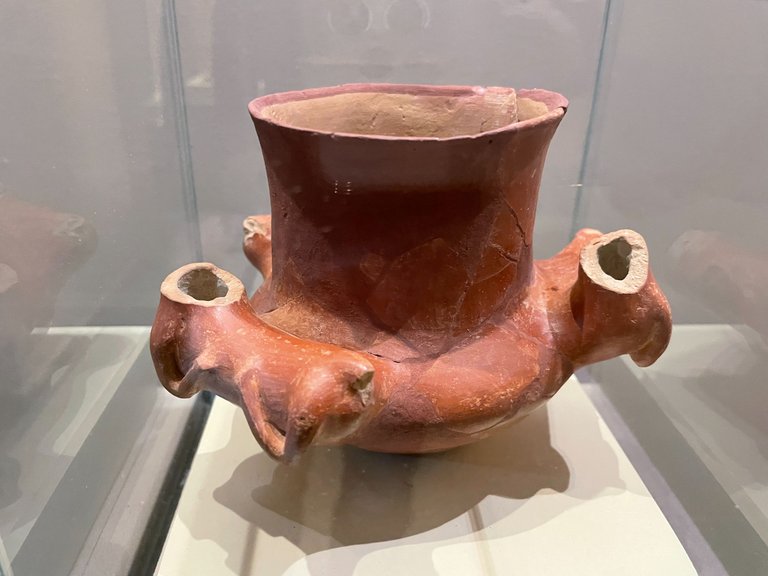


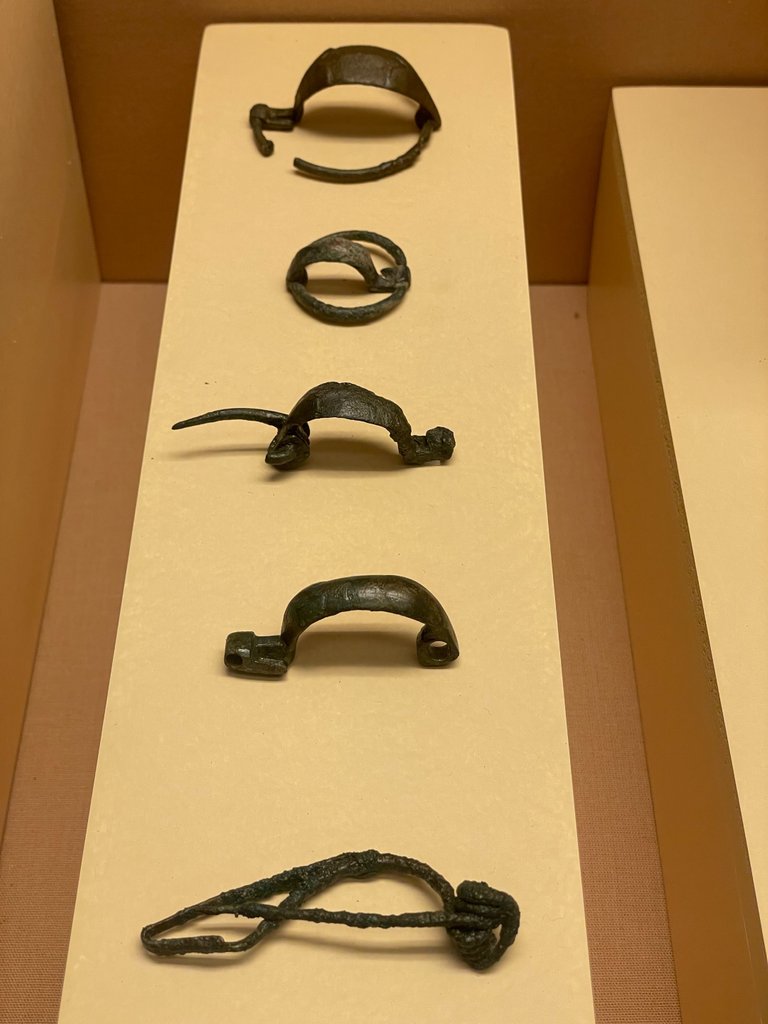
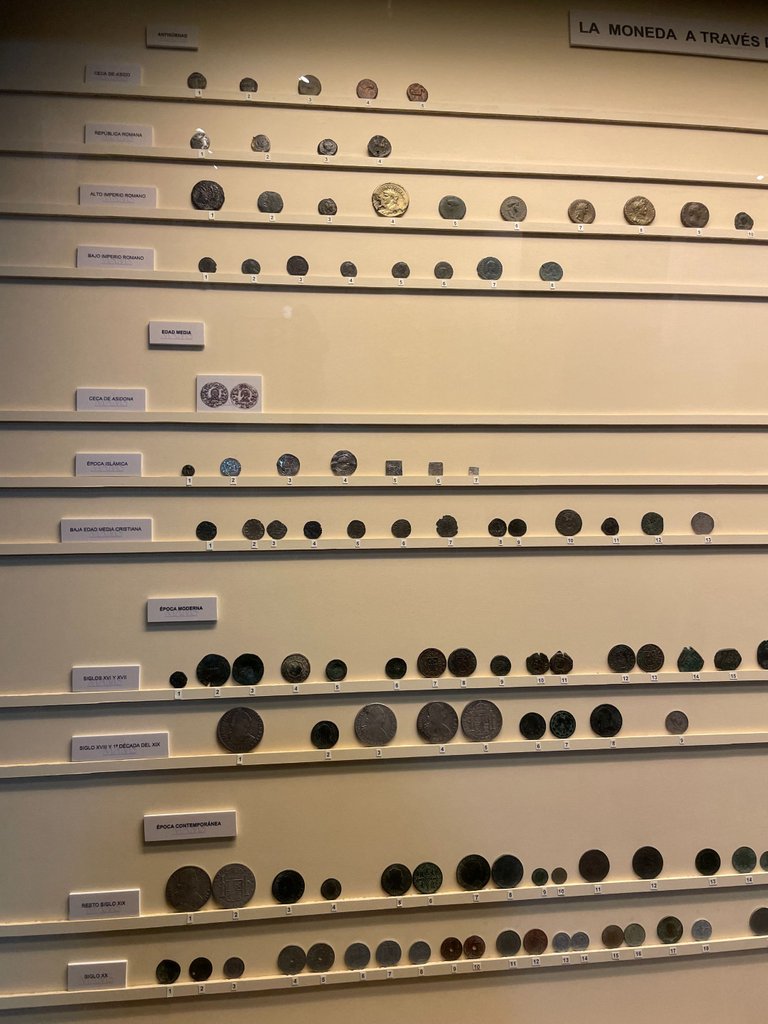

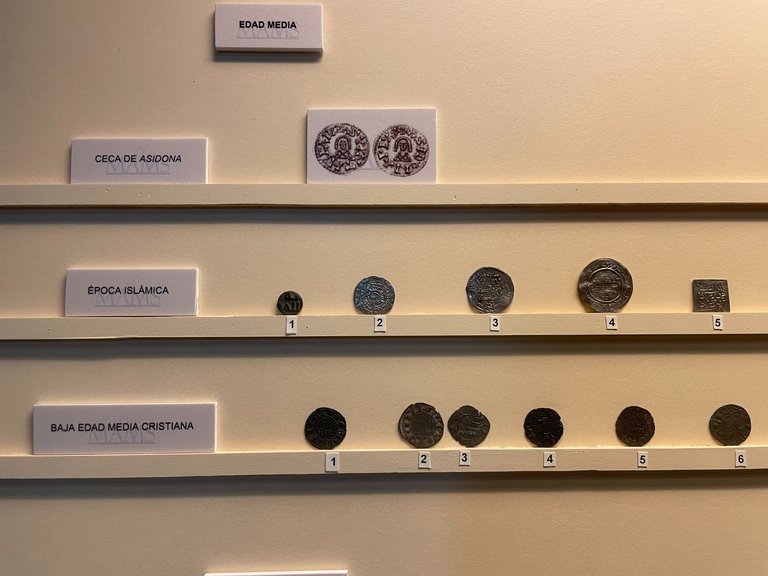

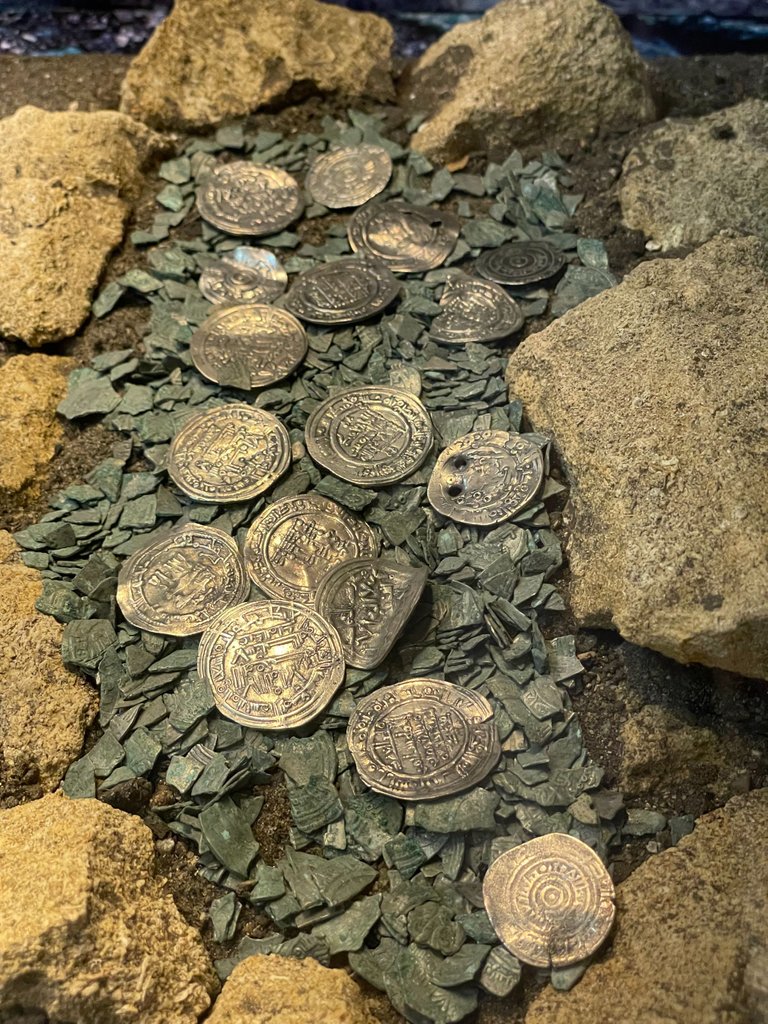

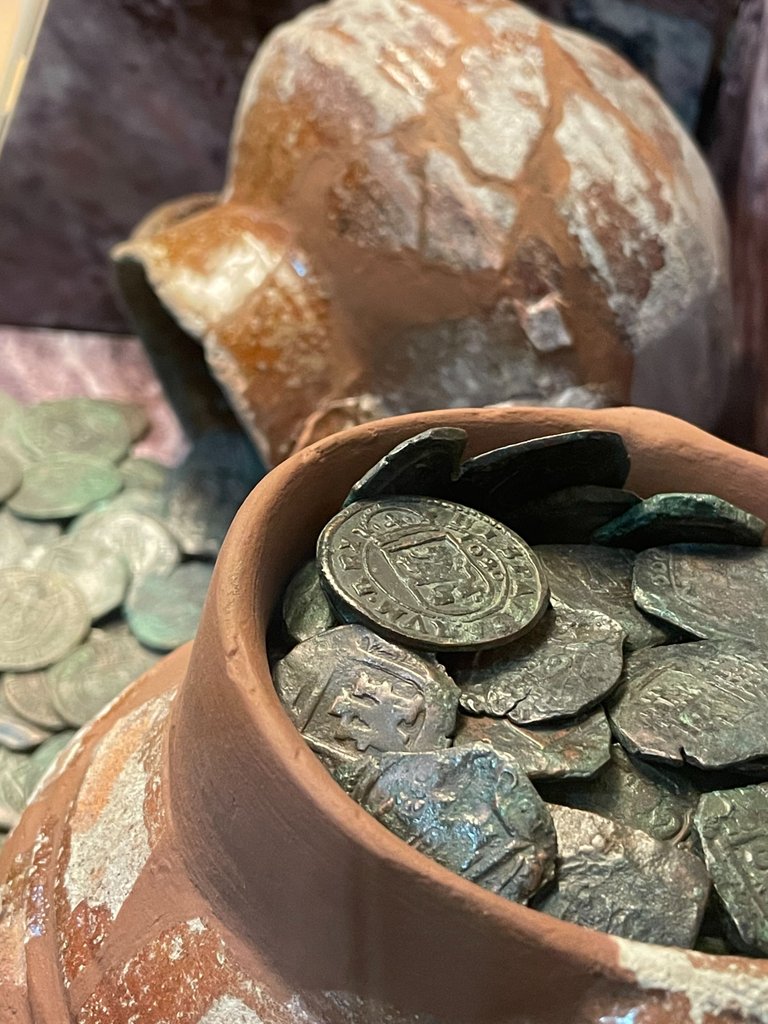
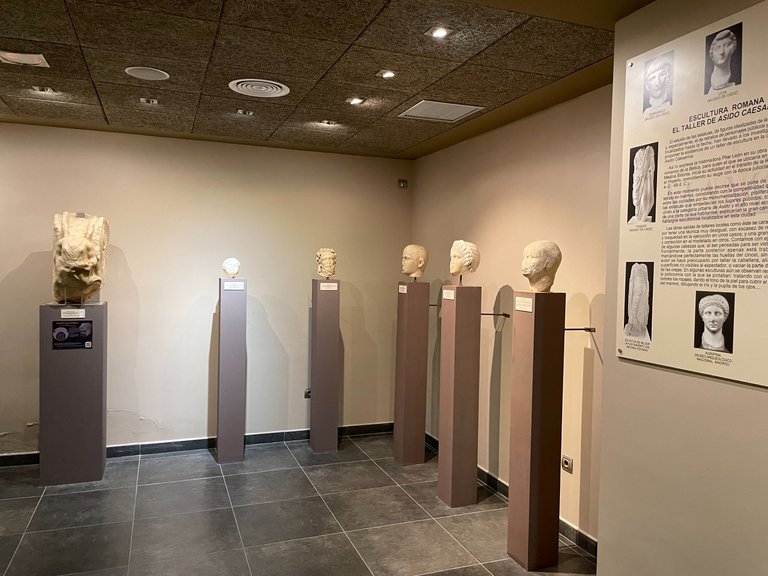
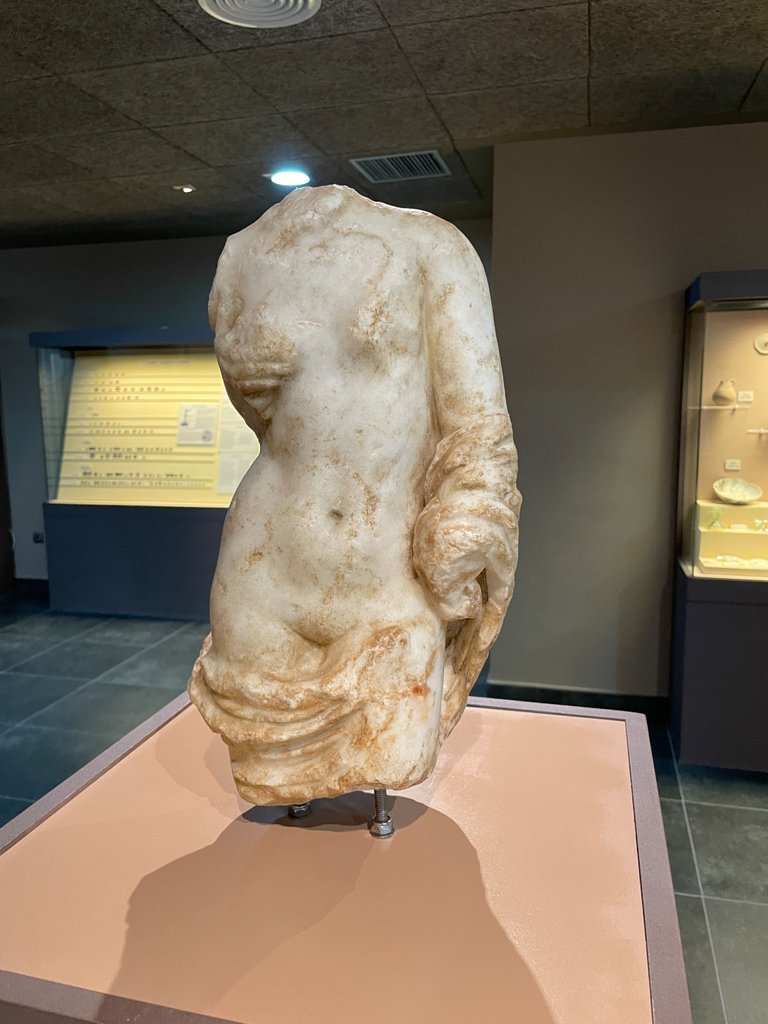
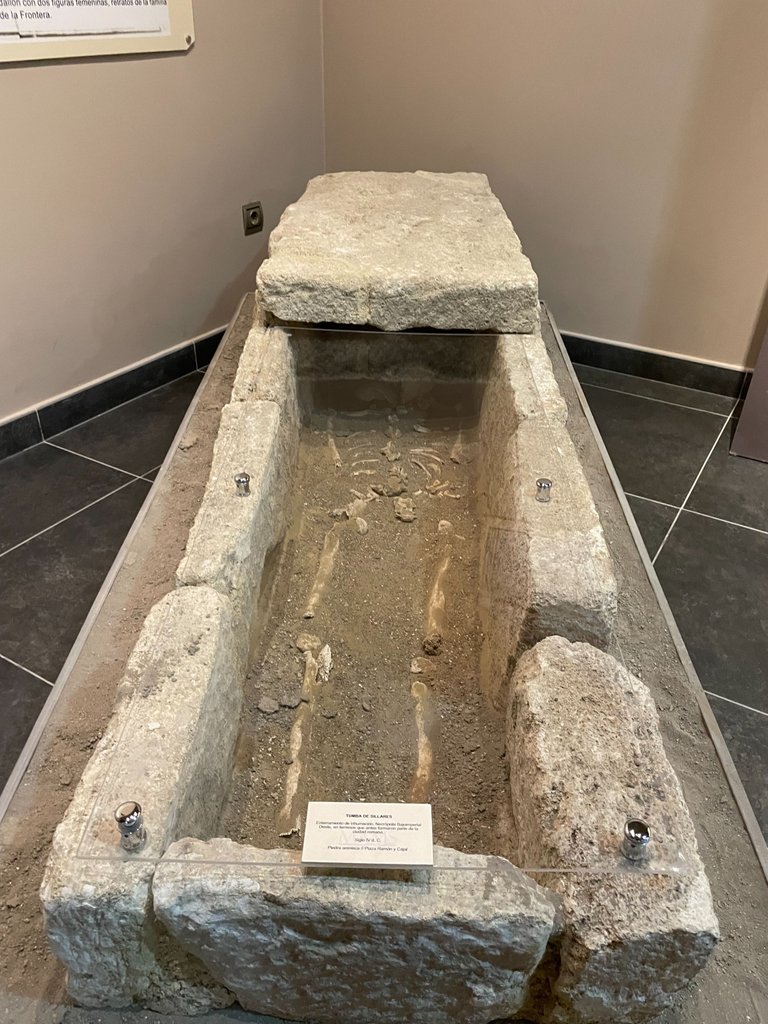
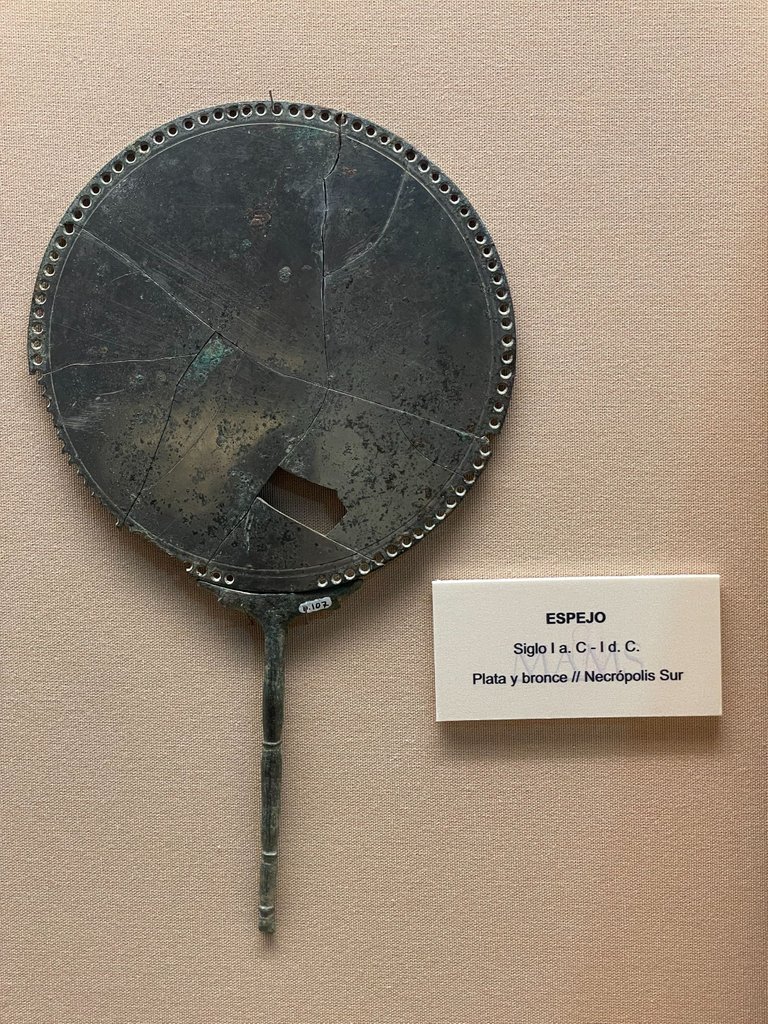

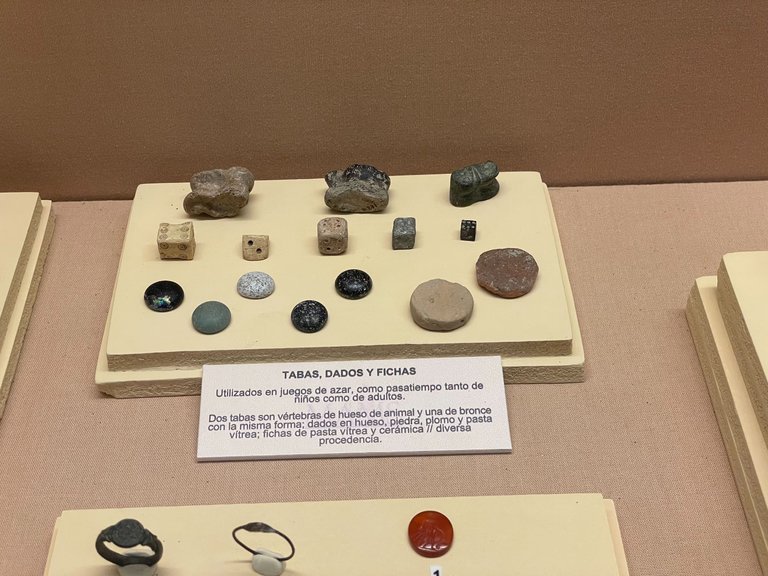
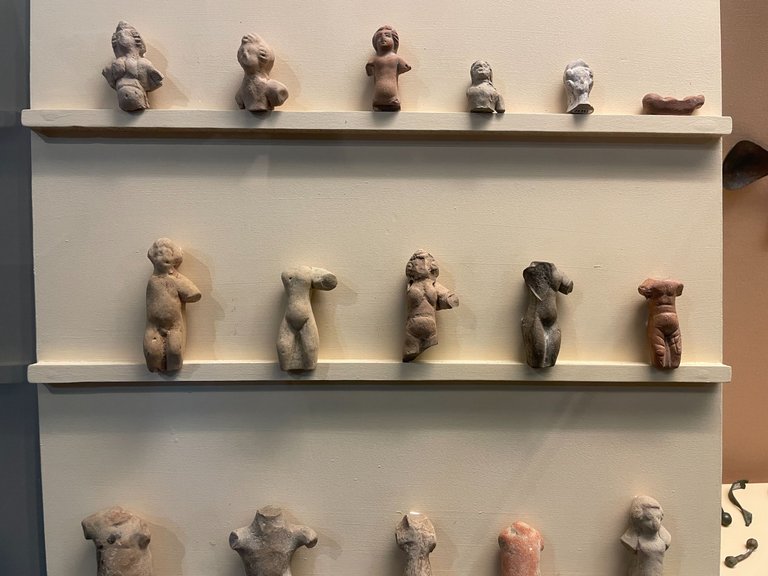

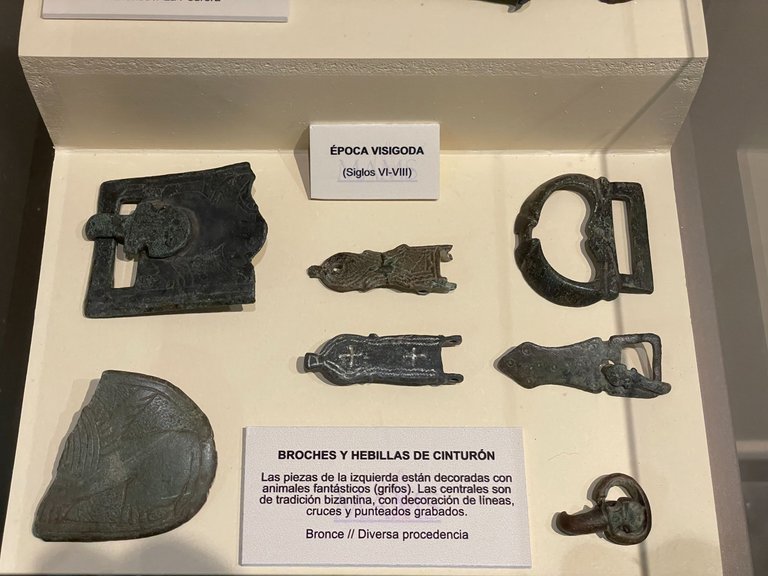
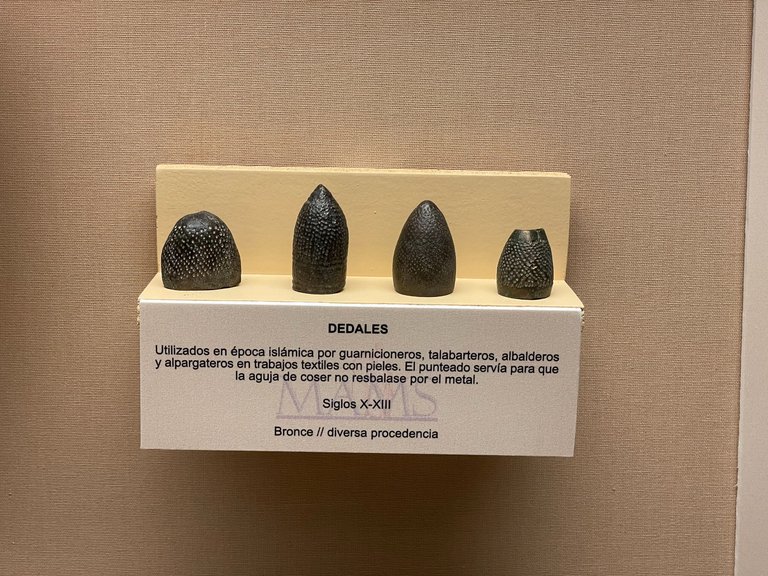

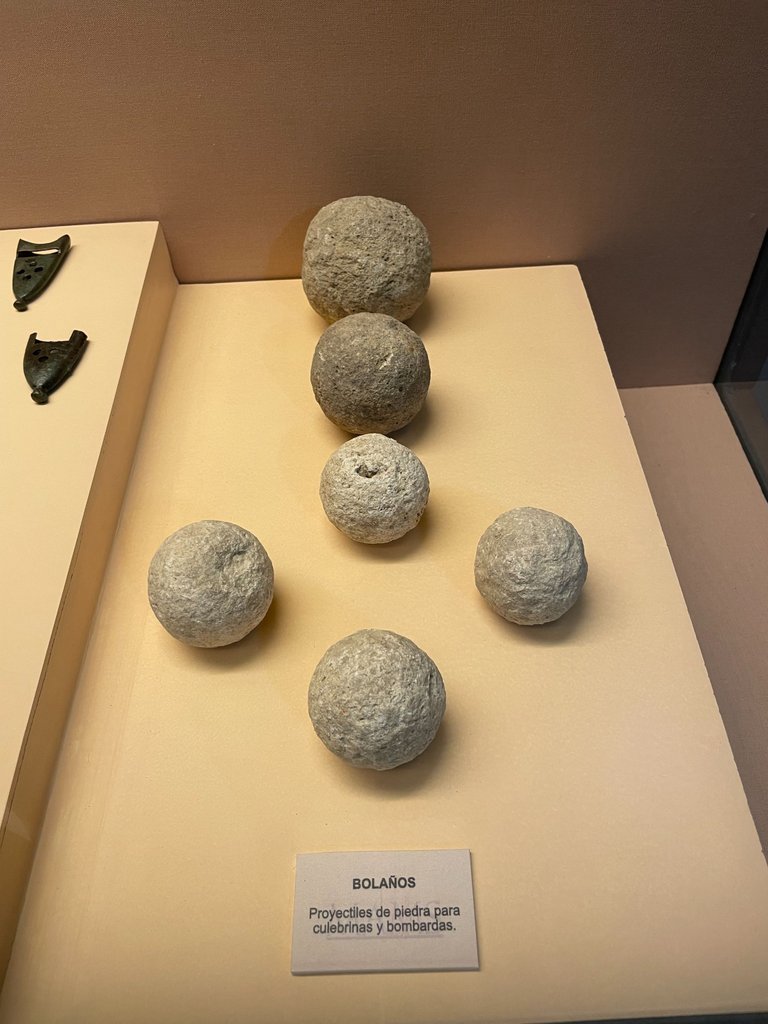
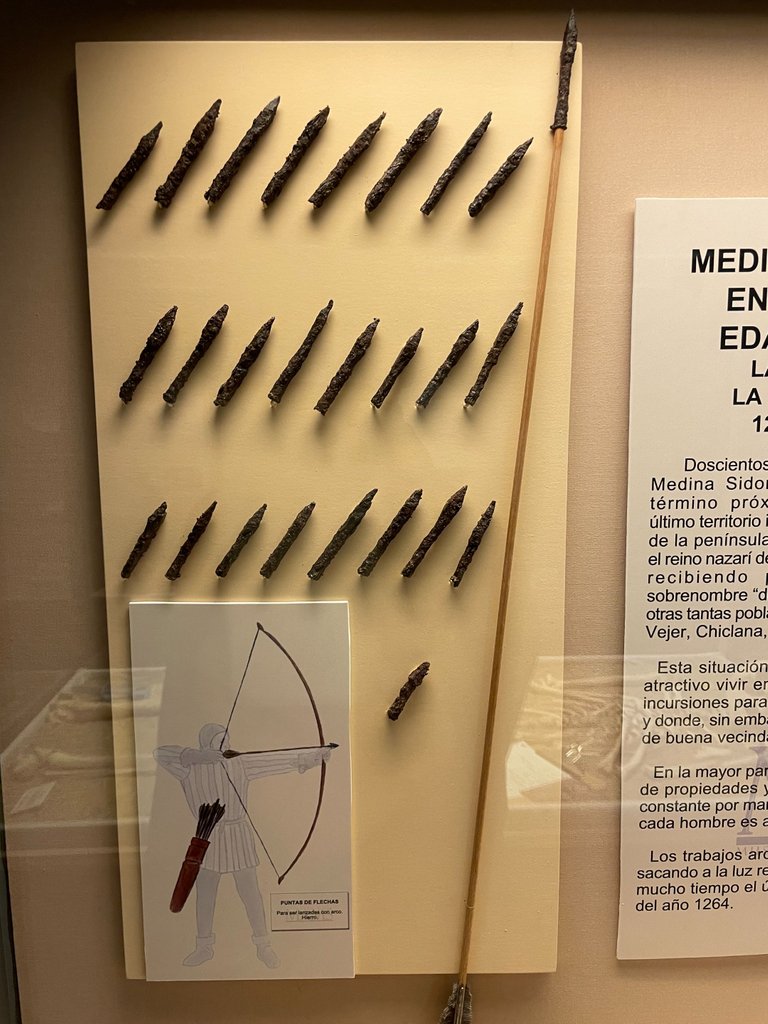
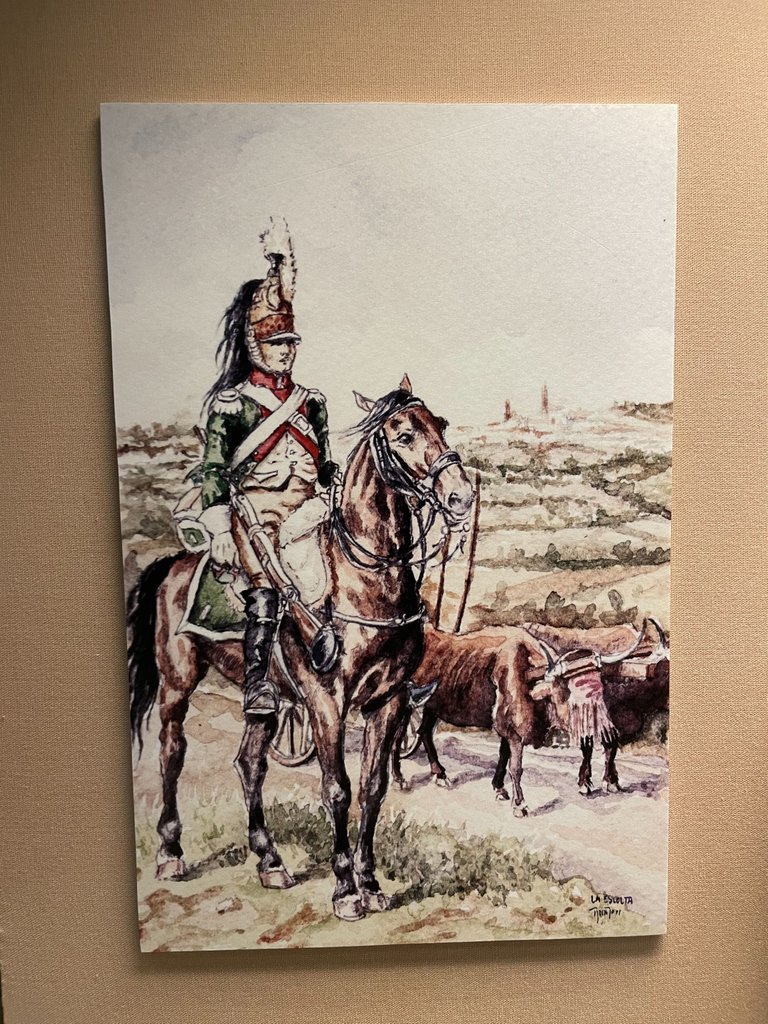

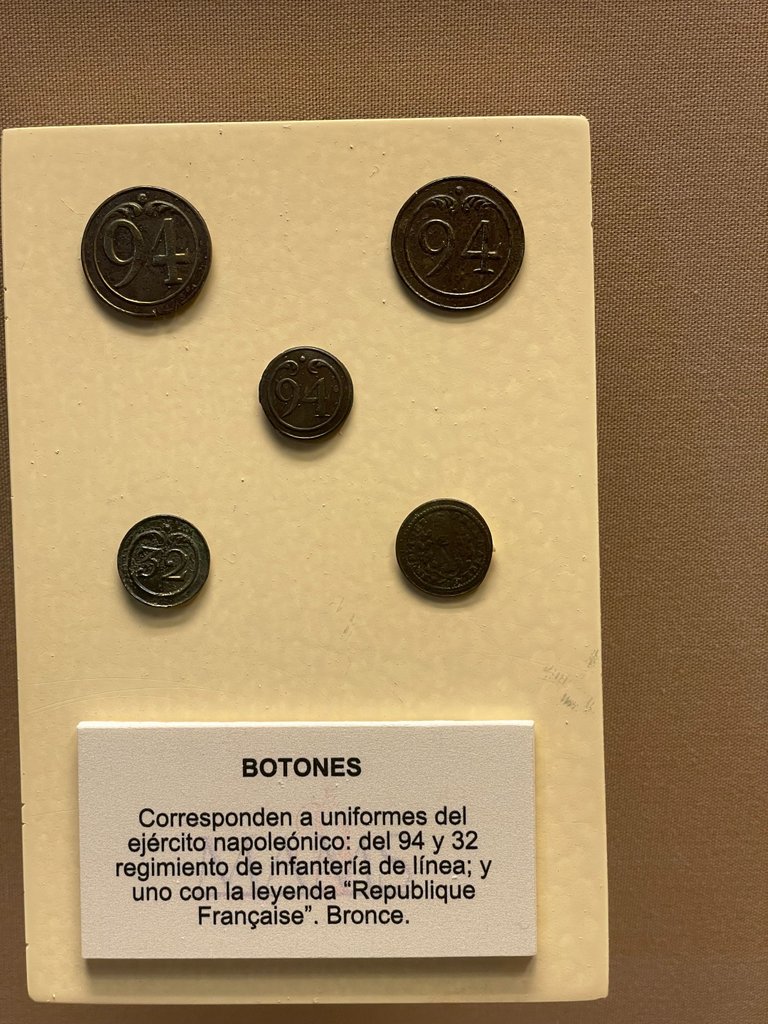
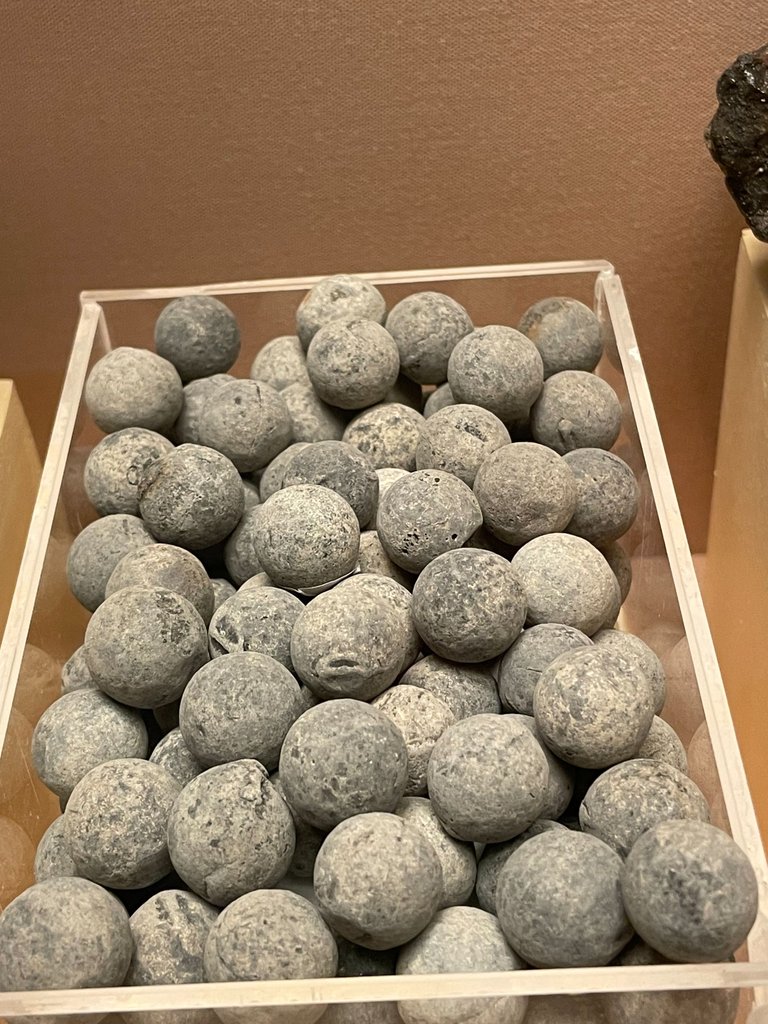

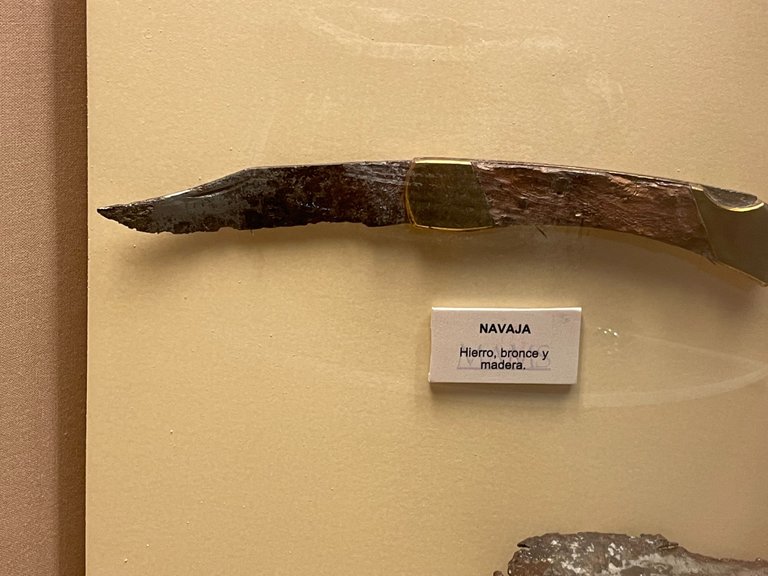
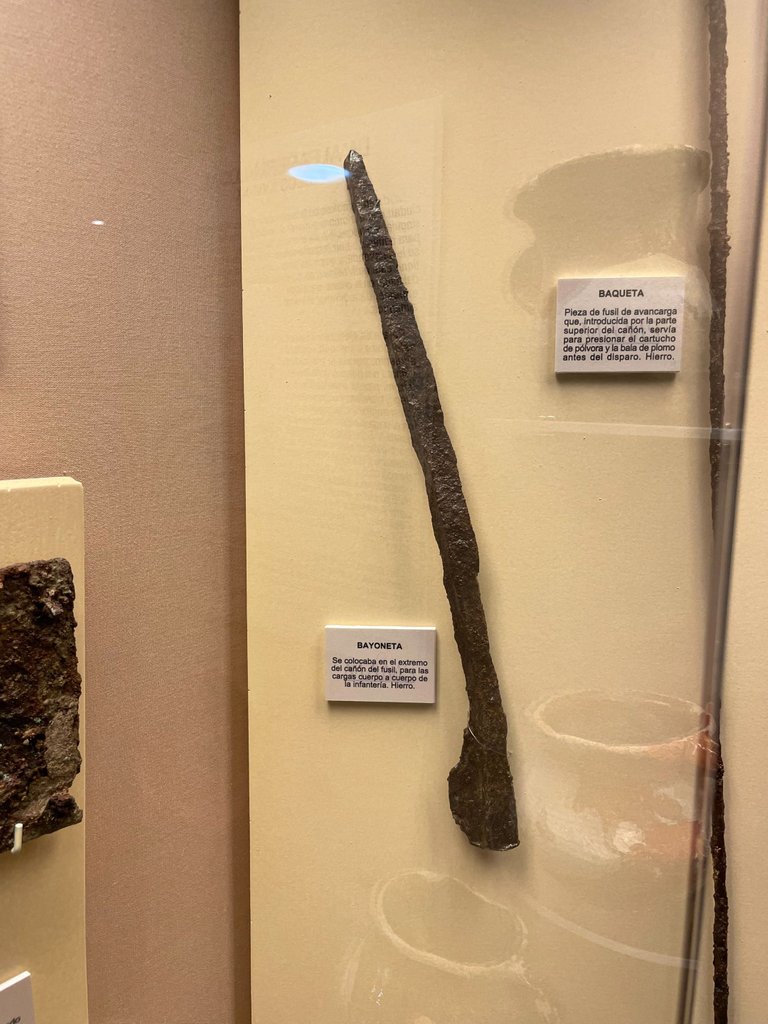
Congratulations, your post has been added to Pinmapple! 🎉🥳🍍
Did you know you have your own profile map?
And every post has their own map too!
Want to have your post on the map too?
I am impressed by the little figurines, with a lot of details in them. Romans really had the standards :)
It can be said that after the Romans civilisation took a step backwards. Greetings @wnfdiary.
Probably, yes
It is surprising how many Islamic and Christian coins are in the museum. Any histories can be given great importance. These are very beautiful and historical artifacts, you have described them very well.
It is clear that in this city many had holes in their pockets! :)
Thank you for your nice comment.